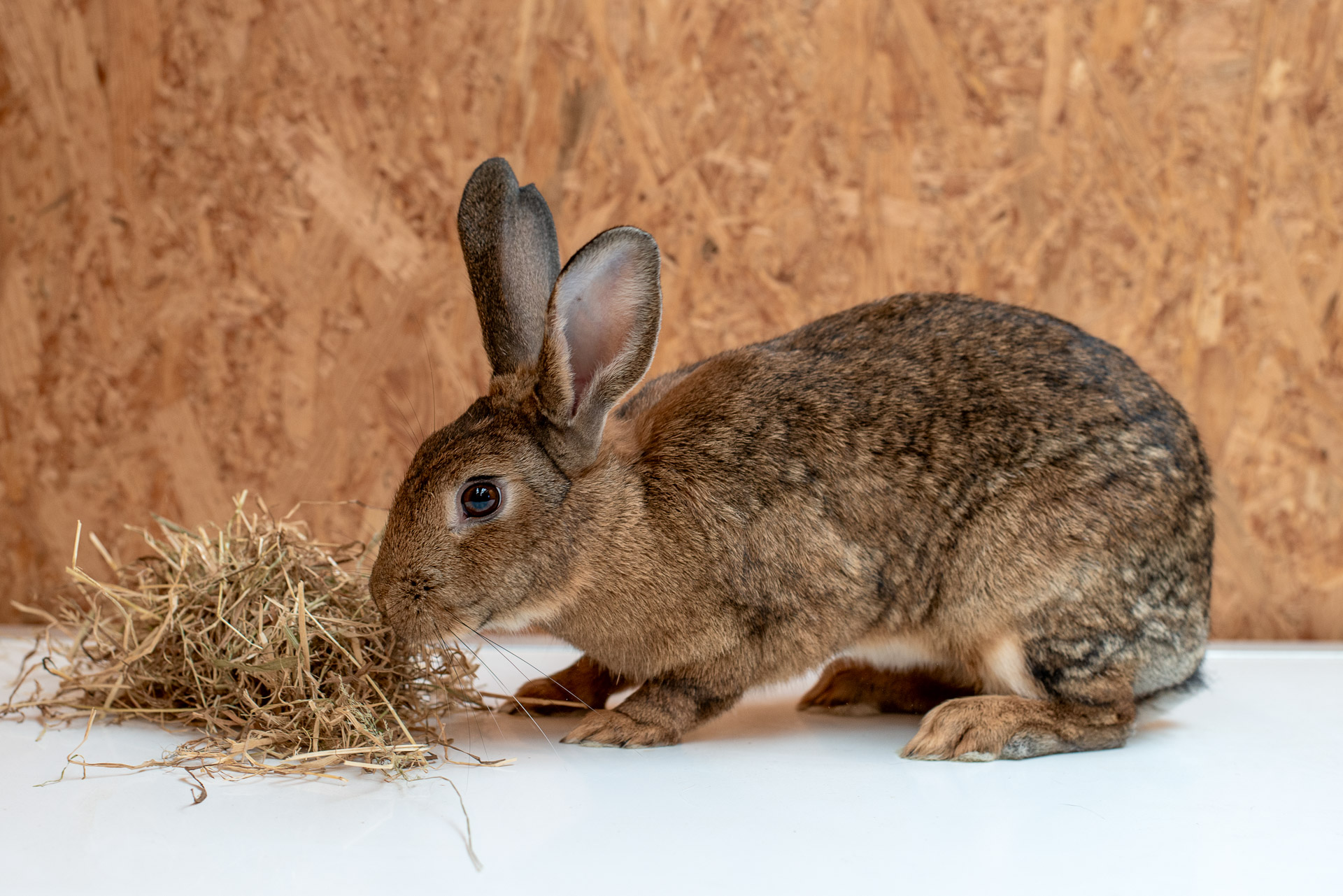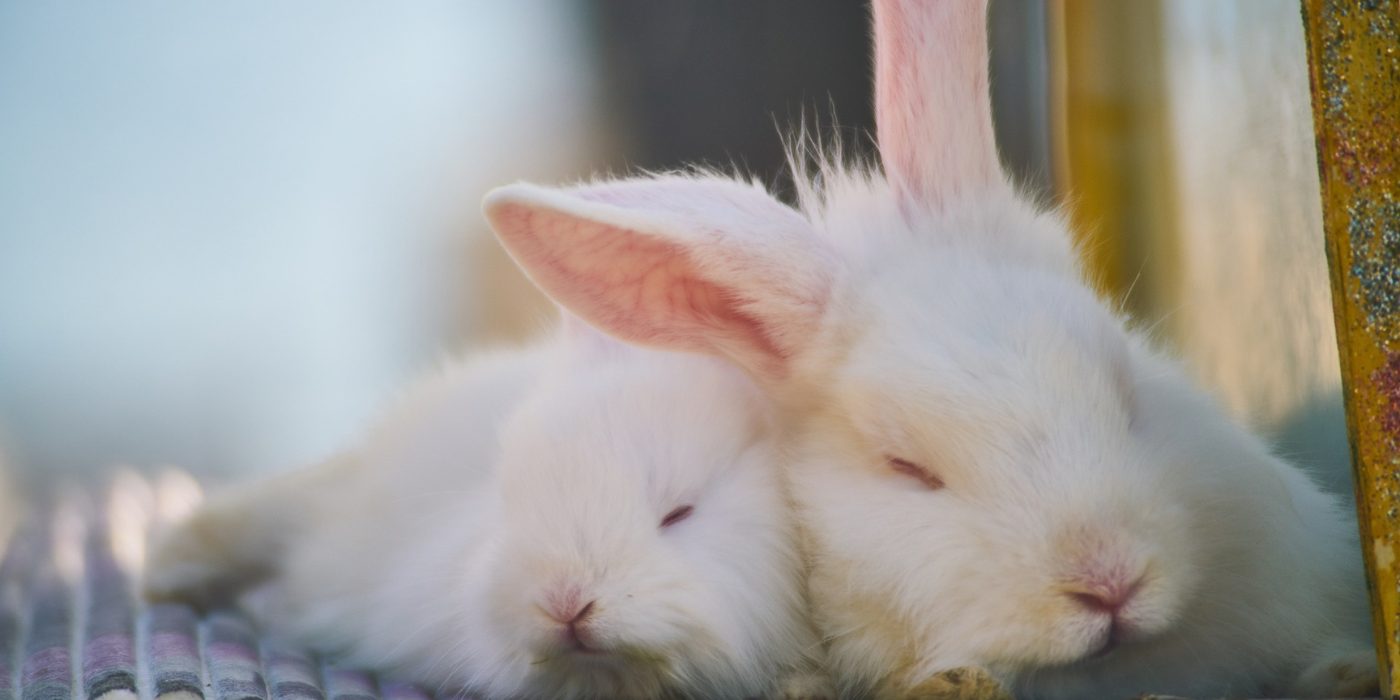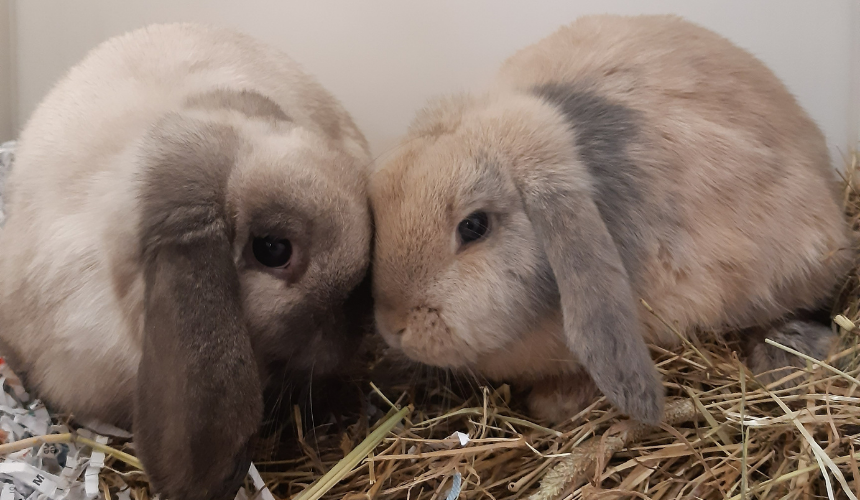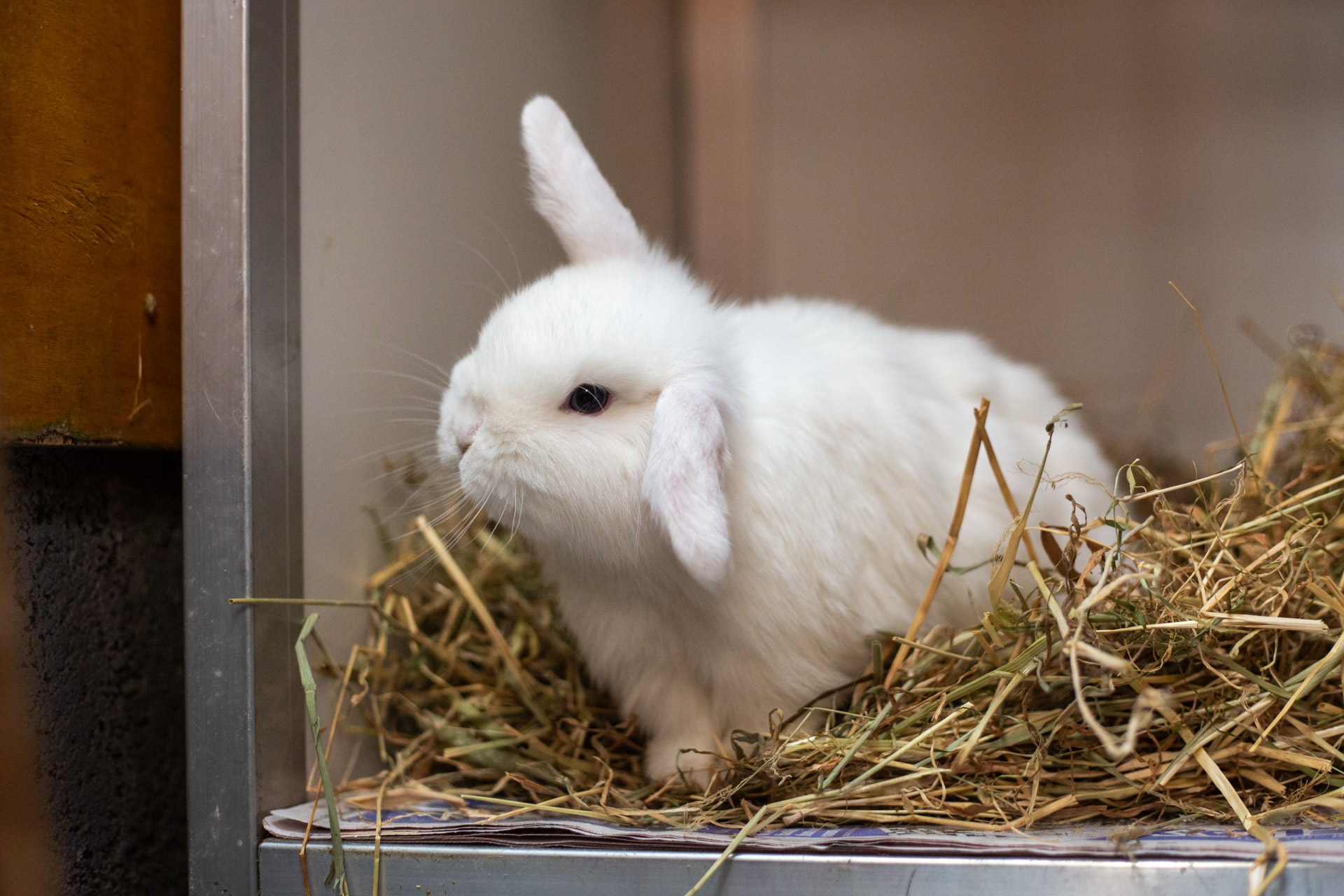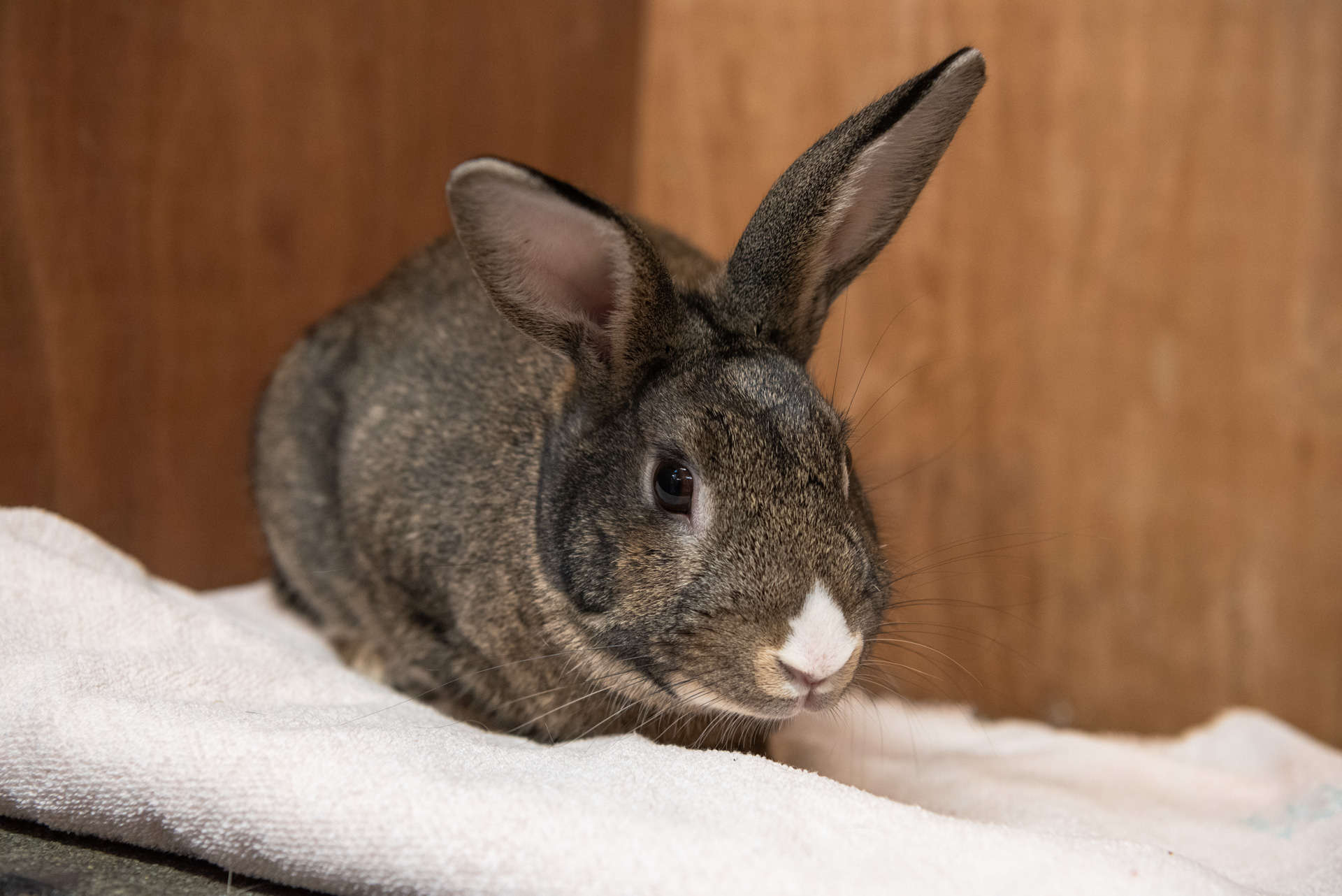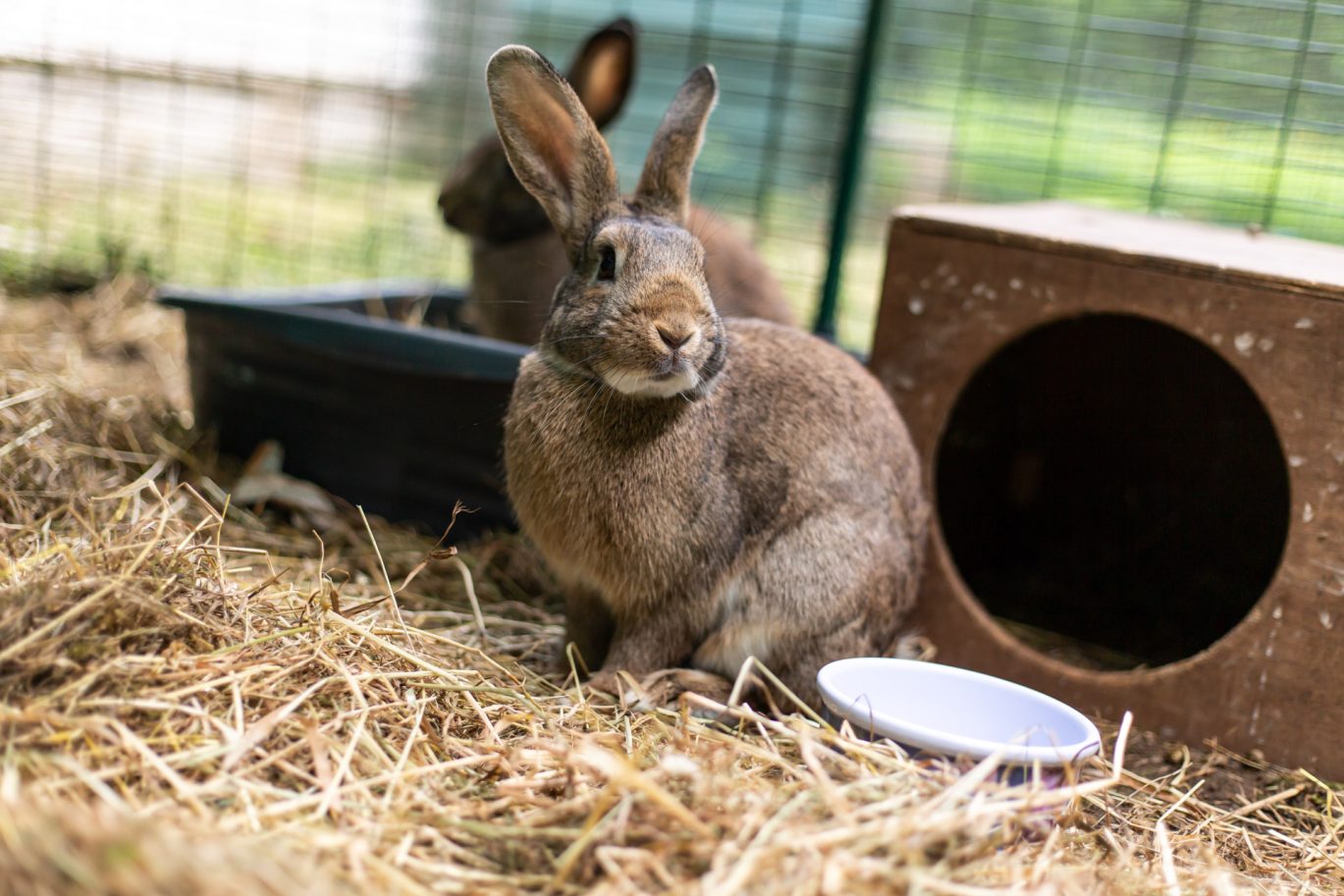
Rabbit
Rabbits are one of the most popular pets in Scotland, next to dogs and cats. Despite this, the level of care they need is often underestimated.
The average life expectancy of a bunny is eight to twelve years but they can live longer. Rabbits are prey animals so they need to live in pairs or groups for safety and comfort. Therefore, it is essential that anyone interested in getting rabbits understand how big a commitment they are and how you must meet their welfare needs.
Despite having been kept as pets for many years, there is still an overarching misconception that rabbits are ‘starter’ pets for children. In fact, they do require a lot of care in order for them to stay happy and healthy. Whilst children may be keen to have rabbits and interact with them, an adult should always be responsible for their welfare.
Sadly, an average of 426 rabbits are brought into our care each year. Over 80% of those have suffered cruelty or neglect, or have been found straying. If you’ve done your research and decided a rabbit is the right pet for you, please consider adopting the bunnies we have in our Centres.
Click on the links below to read more about adopting rabbits (links to pdfs):
Pre-adoption advice
Care guide
Post-adoption & settling in advice
Introducing your rabbits
For health information about your rabbits, please view our factsheets below (links to pdfs):
Arthritis and Spondylosis
Fracture Repair
Hip Dysplasia
Otitis
Costs
The cost of rabbits can be more than people expect. When thinking about getting rabbits, it’s important to understand the expenses involved. On top of the initial cost or adoption fee, and the essentials for their accommodation, you’ll also need to calculate the regular costs for food, bedding, and enrichment. It’s estimated that owners typically spend over £900 a year per rabbit. You’ll also have to consider the veterinary costs involved in keeping your rabbit safe and healthy, such as neutering, microchipping, vaccinations and any other medical treatment they may need.
When adopting a rabbit from one of our centres, they will be fully vet checked and microchipped. This is included in the adoption fee. We always encourage owners to insure their pets and you’ll receive four weeks of free insurance from PetPlan when you adopt from our Centres.
Time and Effort
Sadly, many rabbits are subjected to a life confined to a tiny hutch at the bottom of the garden with little or no socialisation from humans or other rabbits.
Rabbits are long-living, inquisitive and active animals who need a lot of mental and physical stimulation. A minimum of two hours of your day should be dedicated to building a bond with your rabbits, providing food and a clean living environment.
Other Pets
Rabbits are very social animals who thrive living in bonded pairs or groups, therefore we recommend adopting two or more. If you already have a rabbit, introducing them to a new bunny buddy should be done carefully and gradually.
Remember rabbits are a prey species and will often find being in the company of larger and more predatory animals stressful as this can make them feel threatened. However, if you have another animal(s) such as a dog or cat in your home, this doesn’t mean you can’t own rabbits too. With the right management, provision and accommodation they could live in the same home without upsetting each other. Seek advice on your individual situation either from the adoption centre, breeder or an accredited animal behaviourist. Ensure the animals do not have free access to each other and the rabbits have somewhere to hide.
Rabbits and guinea pigs are not compatible to live together as they have very different needs. There is also a risk of passing on diseases when they live too close to one another.
Responsibility
Getting a rabbit brings a higher level of responsibility than a lot of people realise. They can live for up to twelve years so you need to be committed to caring for them long term. It’s also wise to have a plan should you become unable to care for your rabbits. Our free Forever Care service gives owners peace of mind that we will take your pet into our care if you pass way or can no longer care for them.
Where should you adopt a rabbit from?
The UK is facing a rabbit welfare crisis due to overbreeding which has led to huge increases of rabbits being abandoned or handed in to rescue centres. We strongly recommend adopting from one of our Centres. Unfortunately, we do always have rabbits, all of whom have their own personalities. Remember to keep checking the website as we have new rabbits ready for adoption daily.
Every rabbit adopted from us is microchipped, wormed against E. caniculi as standard, and vaccinated against myxomatosis and rabbit viral haemorrhagic disease (RVHD). They are also fully vet-checked which includes checking for fleas, ticks and ear mites and treating if they have them. We also include free pet insurance for four weeks. Owners have the option to extend this into lifelong cover, which many insurers do not offer.
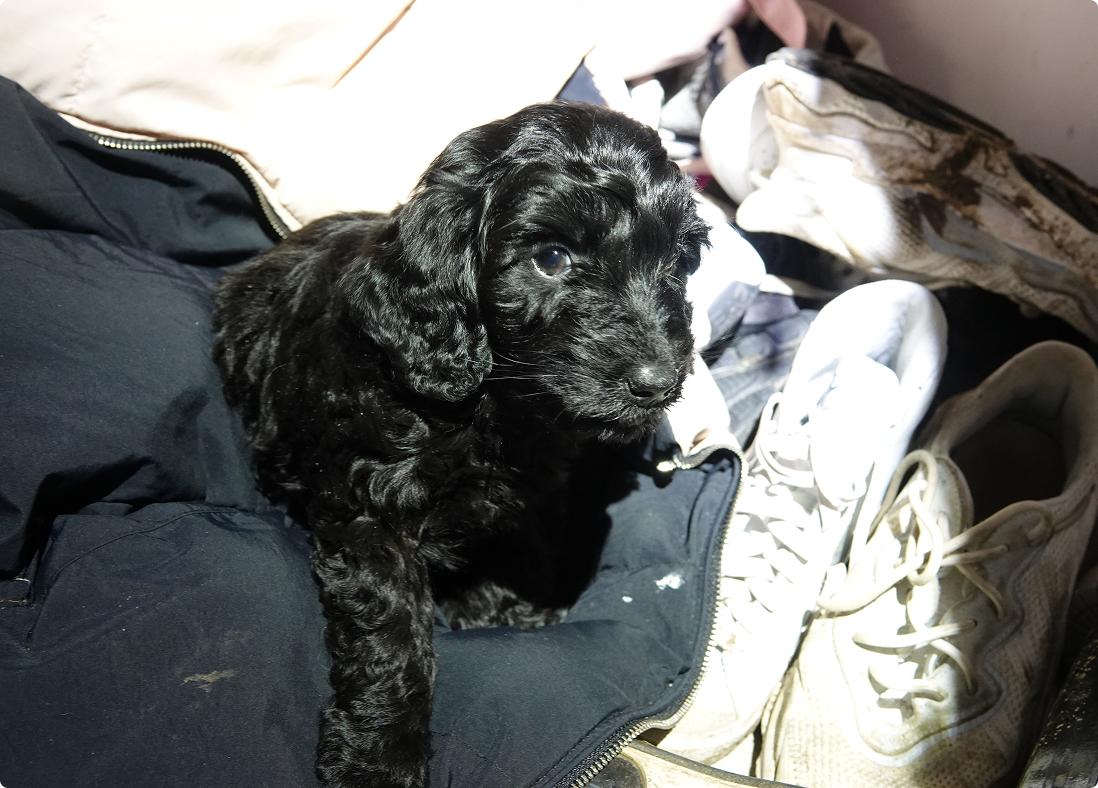
Puppies across Scotland need your help
Please consider giving a monthly donation today. Give Scotland’s animals the gift of safety this winter and beyond. The criminals involved in the low-welfare puppy trade never stop. And with your help, neither will we. Every £1 matters to puppies like Winnie.
